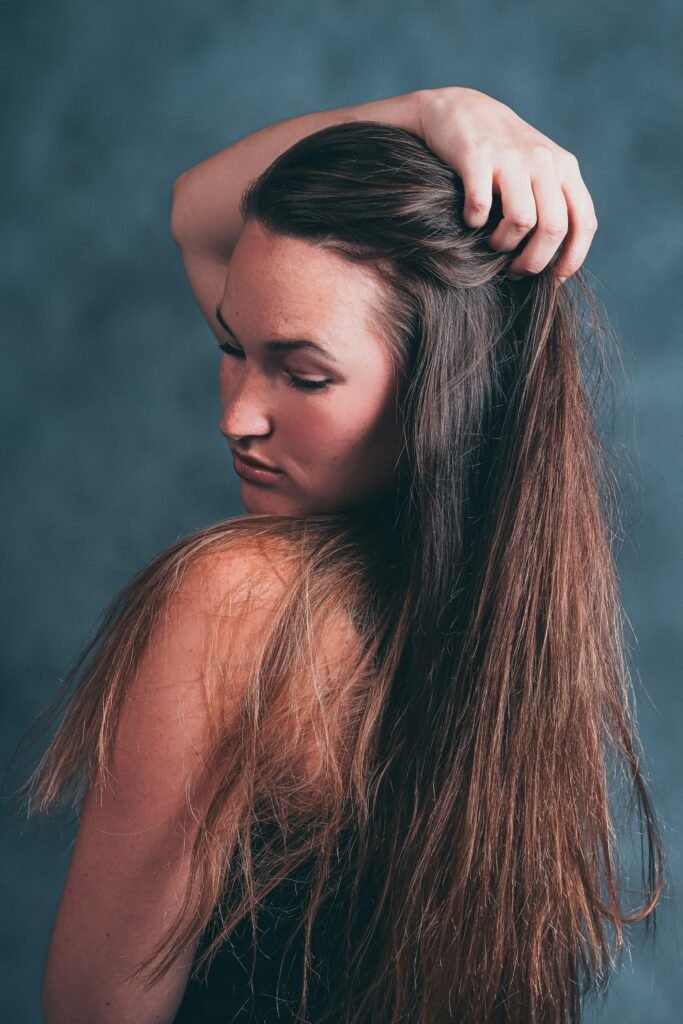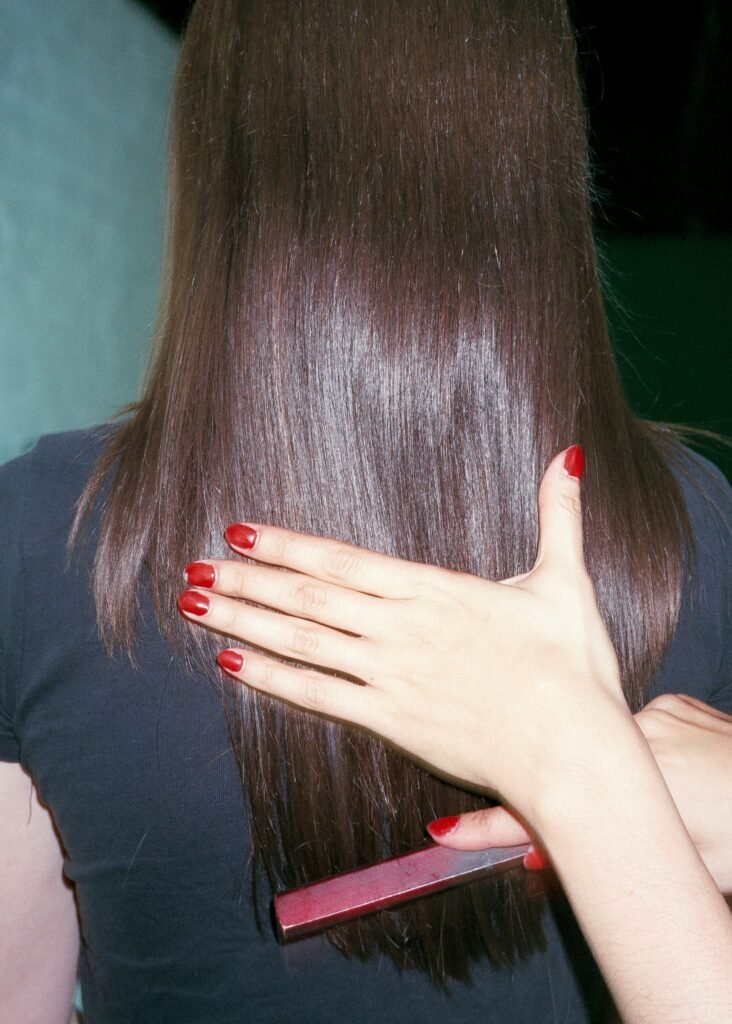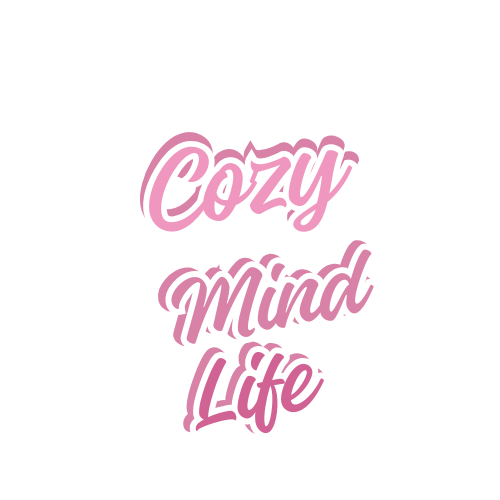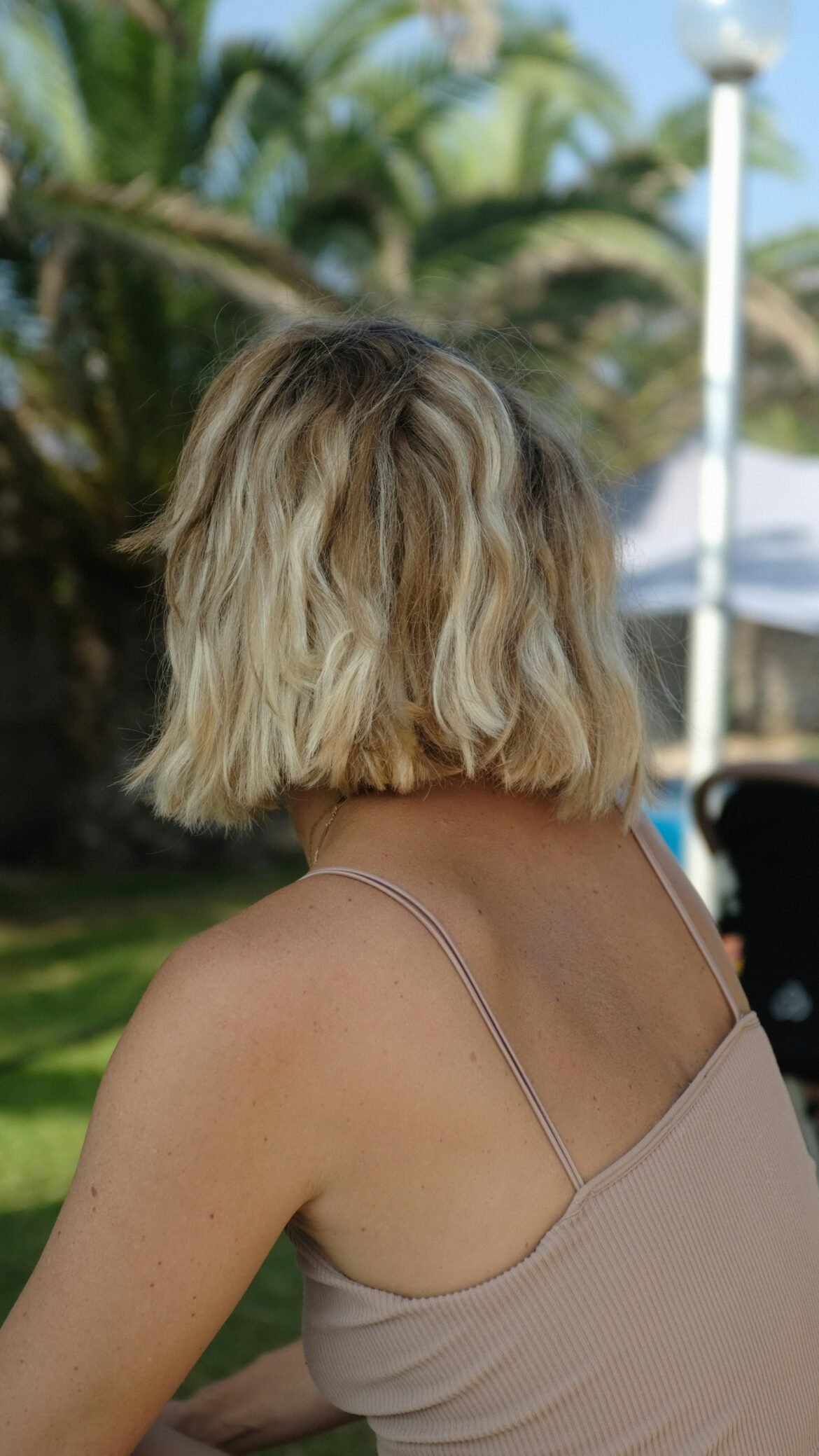What Helped My Hair After Postpartum Shedding
The Emotional Rollercoaster of Postpartum Hair Loss
There’s nothing that prepares you for standing in the shower and seeing clumps of hair sliding down the drain. After nine months of growing a tiny human, you expect exhaustion, maybe baby blues, but hair loss? No one warned me how much that part would sting. The bathroom floor looked like a salon at closing time, and my once-thick ponytail shrank to half its size.
It wasn’t just the hair—it was what it represented. Hair feels like part of who we are. Every strand that fell felt like I was losing a piece of my pre-baby self. I’d catch my reflection and barely recognize the tired eyes and thinning hairline.
Sure, doctors call it “telogen effluvium.” But that clinical name doesn’t describe the panic of running your fingers through your hair and seeing strands left behind. They told me it was “temporary.” In those early months, temporary felt endless.
Like most moms, I went into fix-it mode. I bought shampoos that promised miracles, vitamins that claimed to “stop shedding,” oils, masks—you name it. Some made a tiny difference, most just emptied my wallet. What changed everything wasn’t one magical product but a whole new approach: being gentle with myself and my hair, supporting my body from the inside out, and above all… patience.

What Actually Helped
After months of trial and error, I realized recovery wasn’t about finding the product—it was about building a routine my body could actually respond to.
First, I looked at nutrition. Hair is made of protein, so upping my intake was huge. I also made sure I wasn’t low on iron (very common after birth), and I added simple supplements like omega-3s, vitamin D, and collagen to support growth.
Then, I overhauled my hair routine. Goodbye harsh shampoos and daily heat styling. Hello sulfate-free cleansers, wide-tooth combs, silk scrunchies, and protective hairstyles. Basically, I treated my hair like delicate fabric—because at that point, it was.
The hardest part? Patience. Hair only grows about half an inch per month. There were weeks when I swore nothing was happening, but then I’d notice those funny little baby hairs sprouting at my hairline. And slowly but surely, the thin spots started to fill in.
A Little Family Story
My husband was my cheerleader through it all. He’d spot the tiny new hairs before I did—“Look, little fighters are growing back!”—and his excitement made me feel hopeful again.
One evening, he snapped a photo of the back of my head in the sunlight and compared it to one from two months earlier. The difference was clear: patches filling in, fuzzy new growth everywhere. That photo became my reminder on the bad days that progress was happening, even if I couldn’t see it daily.
My sister went through the same thing after her second baby, so we became “hair recovery buddies.” We’d send each other updates and product tips. She’s the one who convinced me to try rosemary oil after reading about its benefits—and honestly, that became a game-changer in my routine.
Why This Worked for Me
This wasn’t about chasing miracle claims. It worked because it addressed the actual reasons behind postpartum shedding: hormones, stress, nutrition, and fragility. Instead of throwing money at random products, I supported my body and gave my hair the conditions it needed to regrow.
Every part had a role—protein and iron to rebuild, oils to stimulate the scalp, gentle care to protect what I had left. None of it was instant, but together, it worked.
My Postpartum Hair Recovery Toolkit
- Collagen peptides (mixed in coffee or smoothies)
- Iron-rich foods (spinach, lentils, red meat if you eat it)
- Vitamin D & omega-3s
- Biotin (or just eggs, nuts, and sweet potatoes if supplements bother you)
- Rosemary oil (mixed with jojoba or grapeseed oil)
- Sulfate-free shampoo + silicone-free conditioner
- Wide-tooth wooden comb
- Silk pillowcase & soft scrunchies
- Scalp massage tool
My Routine Step by Step
- Morning: protein-rich breakfast + supplements
- Evening (twice a week): rosemary oil scalp massage, leave overnight with a silk scarf
- Wash days: gentle shampoo every 2–3 days, conditioner only on the ends
- Daily care: wide-tooth comb, protective styles like loose braids or buns, zero tight ponytails
- Mindset: monthly progress photos instead of obsessing daily
Extra Tips That Helped
- Track progress with photos—you’ll be surprised by the changes over time.
- Manage stress (even 5 minutes of deep breathing during naps makes a difference).
- Don’t over-wash—your scalp needs balance.
- Be kind to yourself. Shedding is normal, and it will pass.
Simple Substitutions
- Sensitive to rosemary? Try peppermint oil (diluted properly).
- No time for oil massages? Rinse with rice water—it strengthens strands too.
- Not into supplements? Focus on food: pumpkin seeds (zinc), eggs (biotin + protein), sweet potatoes (beta-carotene).
A Healthier Twist
Many postpartum bodies are extra sensitive to harsh ingredients. If you’re worried about commercial products, you can DIY a rosemary-infused oil with olive oil and fresh rosemary. And if biotin supplements make your skin break out, just up your intake through natural food sources instead.
Final Thoughts
Postpartum hair shedding is rough—physically and emotionally. But it doesn’t last forever. With gentle care, the right nutrition, and a whole lot of patience, your hair will come back.
More importantly, remember this: your body just did something incredible. It created life. Give it grace while it finds its balance again. Those little baby hairs that eventually pop up? They’re proof that healing is happening—slowly, but surely.

Frequently Asked Questions For Postpartum Hair Recovery
When does postpartum hair loss typically start?
Most women notice increased shedding between 3-6 months postpartum, though the timeline can vary. This delay occurs because pregnancy hormones kept hair in the growth phase longer than usual.
How long does postpartum hair shedding last?
The active shedding phase typically lasts 2-3 months, though complete recovery can take 6-12 months as new hair grows in and reaches noticeable length.
Is postpartum hair loss preventable?
While you can’t prevent the hormonal drop that causes shedding, maintaining optimal nutrition during pregnancy and postpartum may minimize its severity.
Will my hair ever be the same as before pregnancy?
Most women see complete recovery, though texture or wave pattern might temporarily or permanently change due to hormonal influences on hair follicles.
Can breastfeeding make hair loss worse?
Breastfeeding itself doesn’t cause hair loss, but the prolonged hormonal fluctuations and increased nutritional demands might extend the recovery timeline for some women.
Does postpartum hair loss get worse with each pregnancy?
There’s no consistent pattern—some women experience similar shedding with each pregnancy, while others find it varies significantly between pregnancies.
Should I cut my hair short to deal with postpartum shedding?
Many women find shorter styles more manageable during this phase, as they reduce weight on the hair shaft and can make thinning less noticeable.
Are there medical treatments for severe postpartum hair loss?
For prolonged or extreme shedding, dermatologists might recommend treatments like topical minoxidil, though many prefer to wait until breastfeeding is complete.
Can postpartum thyroiditis be mistaken for normal postpartum hair loss?
Yes, postpartum thyroid issues can cause hair loss that mimics typical postpartum shedding. If hair loss seems excessive or is accompanied by fatigue, temperature sensitivity, or weight changes, consult your healthcare provider.
Does stress make postpartum hair loss worse?
Yes, stress elevates cortisol levels, which can extend or intensify the shedding phase. Stress management should be part of any recovery plan.
Can postpartum hair supplements be taken while breastfeeding?
Most basic nutrients like biotin and collagen are considered safe, but always consult your healthcare provider before starting any supplement while breastfeeding.
Is it normal to lose hair in patches after pregnancy?
Typical postpartum shedding is diffuse (all over), not patchy. If you notice distinct bald patches, consult a dermatologist as this might indicate a different condition like alopecia areata.

